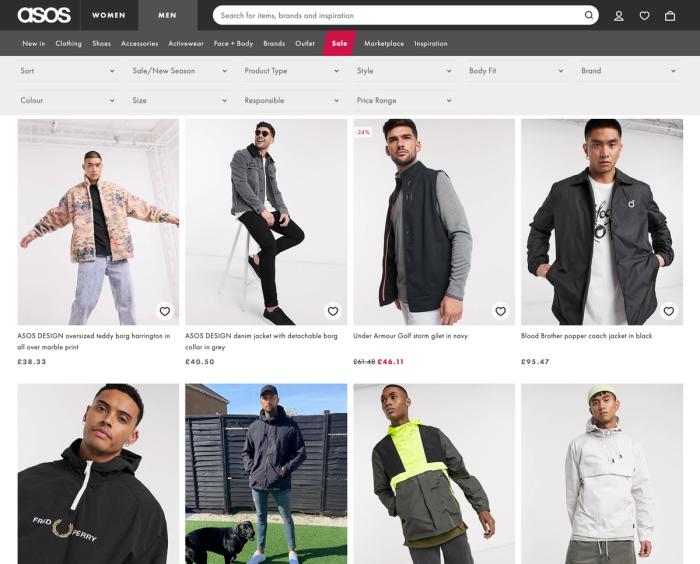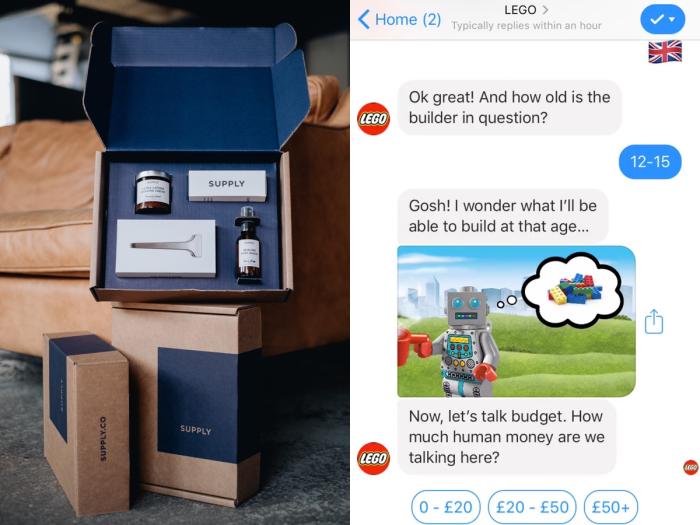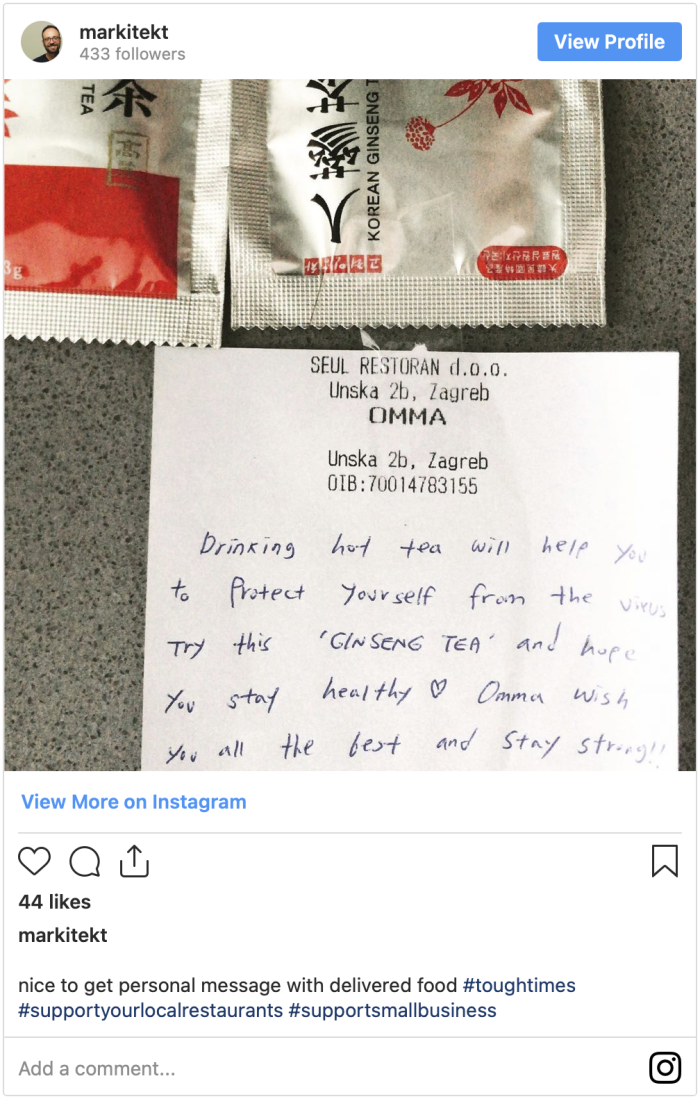
A good online shop can also work via chat if you make the process feel pleasant
Already in the first week of the Covid quarantine, we received a lot of questions about launching a webshop in the quickest and easiest possible way.
The CTO of Shopify recently tweeted that their daily traffic is now the same as during Black Friday. Even introduced their new service – Shops!
All of a sudden everyone wants to sell online as of yesterday! But it seemed like the entrepreneurs and the programmers got stuck within the boundaries of the solutions they knew by then. So they mostly whined together how it’s all so slow and expensive – in a nutshell, impossible.
It takes around 2–3 months of development for a custom-made webshop, with associated costs, and in the end, you get a giant similar to others which then needs to be fed, have the warehouse, payment, delivery and support organized. Quick and existing solutions such as WooCommerce, Magenta, or Shopify can be generic and leave you with similar challenges.

Products in a grid, filters on the left, same categories in the upper part, logo in the middle, shopping cart on the right side… Looks familiar? It’s because this functions well. Do I remember which is which? Well, not exactly.
Don’t get me wrong -– those kinds of solutions can be very good and under normal circumstances, they make a great basis, especially if they are well thought out. But we have to admit that the current circumstances are not really normal. Maybe we should think about easy, fast and “invisible” shops?
My farmer lady is the best
We all know that one lady we regularly stand in line for at the farmers’ market. Her stall is well arranged, her products, which she has just about enough of, are seasonal and authentic (the tomatoes are perfectly imperfect), she will gladly talk to anyone, while her accent will reveal you the origin of her products, she doesn’t have a problem with coins, and after we are done with shopping she adds in a few extra apples for our son. We leave her confident this was a good deal, we'll most likely recommend her and we’ll surely be back next Saturday.
The stall next to her is also well organized, there’s (a bit suspiciously) plenty to buy, but the salesman is constantly shouting with the neighbors, he doesn’t allow you to pick your own oranges and he’s always complaining about receiving a 100 HRK bill.
Apples and pears
Why do we always choose the first stall, and the second one only if the first one is not working? Using the language of our profession – both of them have a good information architecture (IA), but the first one has a well-designed user experience (UX) as well. A good information architecture enables us to simply and easily navigate the offer, recognize products, find out about the pricing and discounts and reach a common goal – a successful purchase – without a lot of obstacles.
All of the jackets are shown on people, using photography as well as video – this seemingly small difference makes the whole shopping experience more human and useful.

On a webshop that would, for example, mean that the page navigation is clear and directs towards the most important points in our search, the product categorization is logical, understandable and easily searchable. A good user experience upgrades the information organisation so it, besides easy navigation and usage, communicates the brand values and feel, engages us emotionally and guarantees we will remember that experience.
What we are missing
Most generic e-commerce solutions which are nowadays being offered to traders are actually a result of good and year-after-year polished best practices of information architecture. It enables a familiar (as well as relatively simple) webshop usage.
What they often miss is a layer of user experience design that resonates with the brand, that little something that leaves an impression on the buyer. A relationship with a buyer is always being built one on one – whether we are speaking about a huge shop with countless products or a small boutique, the process of buying is not tailored for groups, rather every single visit is an experience on its own. That’s why it is necessary to determine all the most important scenarios in which the visitors can move around, and through them, you take the visitors to the goal in a skillful way which also leaves an impression.

A package arriving to your customer has to first go through a whole set of hands, accidental and deliberate views of those passing by, who, if they knew what you were selling and how good it is, would also order from you. An unbranded package during delivery is a missed opportunity. On the other hand, the LEGO chatbot is an example of a great conversational shopping experience that significantly increases the success rate of sales.
Even though IA and UX are expressions mostly connected to digital media, a designed user experience is part of the success we are seeing in offline brands as well. Every human interaction with a brand can be turned into a unique experience.
Where are the buyers
When the markets got closed, what hit me the hardest was the fact I couldn’t access fresh fish easily anymore. I was happy to see many traders trying to find lean solutions on every step – in this case, a fish market sold its products via the Facebook page, a channel that turned out to be quite prominent.
Instagram has been a really strong medium for quite some time now, and it’s easy and logical to hack it for sales, especially shoes and clothes. Is there something better than giving your existing followers a chance to buy what they have been seeing in their feed and already like? Introducing the Shoppable Tags and native advertising is one step further in simplifying the process. In China, the generally accepted WeChat with its different integrations enables a shopping experience already during the conversation itself or by scanning the QR code.
A shop on Instagram is an ideal solution in many scenarios as it organically upgrades the content your buyers are either way searching and looking for.

Simply put, a channel for sales should be the one where your users already are. In fact, it’s not even important – Facebook, Instagram, email, SMS, WhatsApp, a simple one-page website or a big existing web shop – it should be the one which will remove the barriers as much as possible, decrease friction in the processes and, equally as important, enable a natural and direct communication. This is valid for small companies as well as for big corporations. Each of these channels can function well if we pay attention to the user experience, think of and design every step so we can adapt it to the user and the brand character, so it can replicate the experience of interaction in real life.
Very simply put, we can divide the process into the following steps: finding a store > choosing the product > ordering > payment > delivery > support. Every one of these steps offers interesting possibilities for innovation and challenges which need to be addressed.
The mentioned fish market with its Facebook page, as well as many Croatian stores which sell online, get stuck on one of these steps because they use whatever is simplest for them or sounds “logical”, even though it is not synced with the buyer's way of thinking (“prepare exactly 108.98 HRK and come to our warehouse at the end of the city”?!).
A tangible difference
Online selling is a digital experience through which your company builds its reputation, which is why a customer will return or not. If I don’t get an order confirmation on my email quickly, that is the equivalent of not having a cashier at the shop.
Good UX inspires confidence which is why it’s crucial for the whole shopping flow to be guided and directed. Good decisions during that process, besides the fact they transfer the company spirit and separate from the competition, also bring tangible business results. A famous example is the iteration of blue color in Google’s search results which brought them an extra profit of $200 million a year.

Even though their information architecture is based on best and tested practices, after a detailed user experience and interface redesign the Australian platform Spare Workspace accomplished a huge growth in online sales and became the market leader.
It’s extremely important to be able to somehow measure every interaction, so those results can be used to improve processes in every following iteration. But that metric doesn’t necessarily have to be digitized, sometimes the lo-fi solutions are quicker and completely adequate. Concrete feedback from a real user is always useful, whether it is positive or negative, and is stronger from our best guesses.
During quarantine, a friend of mine put on his Instagram a photo of a meal he ordered from one of Zagreb’s restaurants just because he was amazed by the message he got along with it. That’s what I call free likes!

The adventure begins
Challenges for traders are bigger than the shop front, before and after the purchase itself. We have to include logistics, storage, communications, and above all reliable delivery and simple and safe payment. People buy online more than ever, while at the same time it’s harder than ever to deliver a package to its buyer (especially if the Croatian post is doing it). But you have to take into consideration that all of this is a part of a unique and connected user experience that can be shaped and solved in an innovative way.
Sometimes you need to think about the product itself, as we see in the examples of delivery companies introducing contactless delivery, credit card companies increasing limits for NFC payments, shops coming up with ready-made product packages or processes for specific target groups.
It doesn’t matter if you are starting with your first e-commerce or you need to refresh and adapt the existing one, I advise you to invest in designing a tailor-made user experience. This will make life easier and, hopefully, better for the buyers, and in return, you will get long-term fans and surely a bigger profit. Trust me, the technology will not be a problem.
